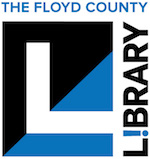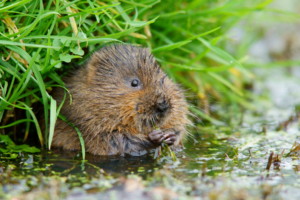
We others, who have long lost the more subtle of the physical senses, have not even proper terms to express an animal’s inter-communications with his surroundings, living or otherwise, and have only the word ‘smell’ for instance, to include the whole range of delicate thrills which murmur in the nose of the animal night and day, summoning, warning, inciting, repelling. It was one of these mysterious fairy calls from out the void that suddenly reached Mole in the darkness, making him tingle through and through with its very familiar appeal, even while as yet he could not clearly remember what it was. He stopped dead in his tracks, his nose searching hither and thither in its efforts to recapture the fine filament, the telegraphic current that had so strongly moved him. A moment, and he had caught it again; and with it this time came recollection in fullest flood. Home!
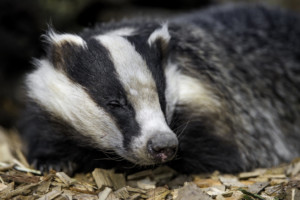 This quote from The Wind in the Willows by Kenneth Grahame (1908; 226 pages) tells us a lot about the book. For one thing, even though it’s a kids’ book, it’s not an easy read. The book turns eleventy-one later this year and like a lot of those supercentenarian works of children’s literature (Peter Pan, Alice’s Adventures in Wonderland, The Princess and the Goblin), it’s hard to know who to recommend the book to. They still make good bedtime read-alouds, but by the time a child can master the vocabulary on their own they’re often less interested in books about talking animals.
This quote from The Wind in the Willows by Kenneth Grahame (1908; 226 pages) tells us a lot about the book. For one thing, even though it’s a kids’ book, it’s not an easy read. The book turns eleventy-one later this year and like a lot of those supercentenarian works of children’s literature (Peter Pan, Alice’s Adventures in Wonderland, The Princess and the Goblin), it’s hard to know who to recommend the book to. They still make good bedtime read-alouds, but by the time a child can master the vocabulary on their own they’re often less interested in books about talking animals.
It’s also evident that even though it’s a book about talking animals who wear waistcoats and go on picnics, Grahame had some insight into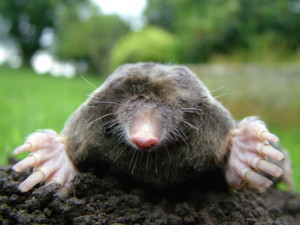 the natural world and animal yearning, or he’s using animal yearning as a canvas on which to explore the full range of human desire. The entire book is about desire, the particular longing associated with each season, the stirring of spring that causes Mole to forsake his cleaning and join Rat on the river, the coziness of a warm fire and food and company during the long winter, Rat’s sea-longing which moves him to take up poetry, Mole’s emotionally-intense rediscovery of his abandoned home, the inescapable call that drives the birds to fly south, the yearning of Otter for his lost pup, and Mr. Toad’s obsession with driving a motor car which lead to his various misadventures.
the natural world and animal yearning, or he’s using animal yearning as a canvas on which to explore the full range of human desire. The entire book is about desire, the particular longing associated with each season, the stirring of spring that causes Mole to forsake his cleaning and join Rat on the river, the coziness of a warm fire and food and company during the long winter, Rat’s sea-longing which moves him to take up poetry, Mole’s emotionally-intense rediscovery of his abandoned home, the inescapable call that drives the birds to fly south, the yearning of Otter for his lost pup, and Mr. Toad’s obsession with driving a motor car which lead to his various misadventures.
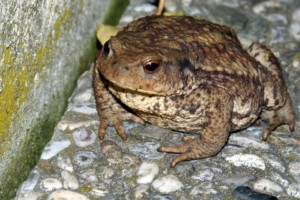 Mr. Toad’s adventures are the most well-known parts of the book and movie versions or condensations tend to focus on those and cut out the other chapters (my theory is that the conceited Mr. Toad edited those versions himself). The book could have been called “The Adventures of Mr. Toad” or “Mole and Friends,” but Graham chooses the more poetic Wind in the Willows, which is drawn from Rat and Mole’s numinous encounter with the Piper at the Gates of Dawn – easily the most bizarre and haunting episode of the book. I think it’s what a friend in college was referring to when he recommended the book to me, saying, “Have you read Wind in the Willows? It’s really weird.”
Mr. Toad’s adventures are the most well-known parts of the book and movie versions or condensations tend to focus on those and cut out the other chapters (my theory is that the conceited Mr. Toad edited those versions himself). The book could have been called “The Adventures of Mr. Toad” or “Mole and Friends,” but Graham chooses the more poetic Wind in the Willows, which is drawn from Rat and Mole’s numinous encounter with the Piper at the Gates of Dawn – easily the most bizarre and haunting episode of the book. I think it’s what a friend in college was referring to when he recommended the book to me, saying, “Have you read Wind in the Willows? It’s really weird.”
So who should read the book? You should! Make sure you grab an unabridged copy. We have several at the library. It’s best enjoyed by a riverside in spring, in the shade of a tree in summer, after a hike in the autumn woods, or by a fireplace in winter.
